The Internet of Things (IoT) represents a digital revolution that interconnects physical objects through computer networks, enabling them to collect and exchange data. This convergence between the physical and digital worlds opens up a vast array of possibilities, transforming how we live, work, and interact with our environment.
At the core of IoT are sensors, electronic devices, and smart appliances, all equipped with data communication and processing capabilities. These objects can range from a connected thermostat, a fitness tracker, a smart meter, to even an autonomous vehicle. By connecting them to wireless networks such as Wi-Fi, Bluetooth, or 5G, IoT enables these devices to communicate with each other and with central computing systems.
One of the key advantages of IoT is its ability to collect real-time data on the operation of objects and their environment. This data can then be analyzed to provide valuable insights, improve operational efficiency, and anticipate user needs. For example, a smart lighting network in a city can automatically adjust brightness based on ambient light and pedestrian traffic, helping to reduce energy consumption.
IoT also finds applications in many sectors such as healthcare, agriculture, industry, and transportation. In healthcare, wearable devices continuously monitor patients' vital signs, allowing doctors to remotely track their health status and provide more personalized care. In agriculture, sensors installed in fields collect data on soil moisture, weather, and crop growth, helping farmers optimize their farming practices and increase yields.
Here are some examples of connected objects that are part of the Internet of Things:
Smart thermostat: An internet-connected thermostat that can be remotely controlled via a mobile app. It can automatically adjust the temperature based on user preferences and weather conditions.
Fitness tracker: A wearable device that monitors the user's physical activity, including the number of steps, distance traveled, calories burned, and even sleep quality. The collected data can be viewed via a mobile app to track progress and set fitness goals.
Smart meter: A meter equipped with sensors that measure real-time energy consumption and communicate this information to electricity providers. This allows users to monitor their energy consumption and providers to better manage electricity distribution.
Connected vehicle: A car equipped with sensors and communication systems that collect and exchange data about its condition, location, and road conditions. Connected vehicles can offer features such as GPS navigation, engine performance management, and even autonomous driving.
Environmental sensors: Sensors installed in urban or industrial areas to monitor air quality, noise pollution, temperature, humidity, and other environmental parameters. This data can be used to make decisions regarding environmental management and public health.
Smart home appliances: Appliances such as refrigerators, washing machines, thermostats, and light bulbs that can be remotely controlled and programmed to operate autonomously. For example, a smart refrigerator can detect when supplies are running low and automatically place an online reorder.
Health wearable devices: Devices such as blood pressure monitors, glucose meters, and pulse oximeters that allow users to monitor their health at home and share data with their healthcare professionals.
However, IoT also raises concerns about data security and privacy. The proliferation of connected devices increases the potential attack surface for cybercriminals, requiring careful attention to data protection and the strengthening of security measures.
In summary, the Internet of Things offers immense potential to improve our quality of life, increase business efficiency, and revolutionize how we work. However, its successful deployment requires close collaboration between developers, manufacturers, regulators, and end-users to ensure the security, privacy, and interoperability of IoT systems.

